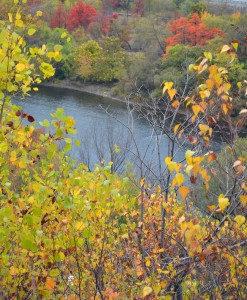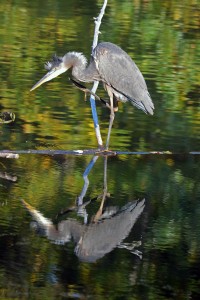June is National Rivers Month, including our own Pennsylvania Rivers Month. I love rivers! Who wouldn’t? They’re a critical natural resource, an important part of our history and the life blood of who we are. Since humans inhabited this planet, we have migrated toward the water, especially rivers. Entire civilizations were created near rivers, and many of our world’s largest cities were built along them. Today, these same cities rely on them for drinking water, commerce, energy, food and recreation. Unfortunately, unless you make a living directly from a local river, you may be disconnected to these precious natural waterways. That’s part of the goal of this month long celebration. A time to discover (or re-discover), the significance, value, beauty and just pure fun, the role that rivers play in our daily lives, and just as important, how vital they are in our ecosystem.
Many of us cross rivers every day, to and from work or school, but only glance at them from above. But, in reality, they’re more than just something we drive over-they are life! What affects them, positive or negative, affects us. Their health and wealth, is our health and wealth. Their beauty is our beauty. Their sustainability, is our sustainability! They connect us to our communities and different cultures, they link us to our past and hopefully our future, and of course, rivers connect people to the natural environment.
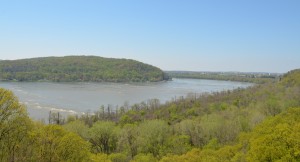
Pennsylvania is blessed with some of the most beautiful and historic rivers in the U.S., including the Ohio, Allegheny, Susquehanna, Lehigh and Delaware. Although I grew up only a few miles from the North Branch Susquehanna, it was the Delaware River where my family and I spent most of our time-specifically the Upper Delaware, in the very northeast corner of Pennsylvania. This is where our dad grew up, and where he introduced all of us to this very special waterway. In this area, the river is part of the Upper Delaware National & Scenic Recreation Area, managed by the National Park Service. The Upper Delaware is a unique, natural place, where, over millions of years, its waters have carved a course through forested mountains of what is now Pennsylvania and New York.
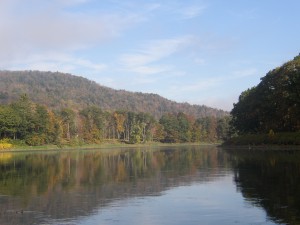
The Delaware’s clear, cool waters seem to call to you, inviting visitors to cast a fishing line for an unsuspecting trout or bass. Its lazy currents and long pools host canoers, kayakers and anything else that floats. We’ve spent many leisurely afternoons gently drifting on our tubes and rafts under the warm summer sun, gazing up at the mountains, while Bald Eagles soar by and White-tailed deer wade into the shallows for a quick drink. 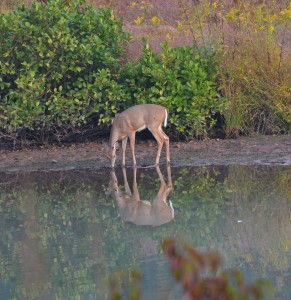
We laugh, we joke and tell the same goofy stories over and over again of our childhood adventures on the river. When you get hot, you flip out and take a swim. If you get cold, you plop back on your tube and soak in the sun. This alternating pattern of floating and swimming can last for several calming hours. The only thing that can alter this river-relaxing plan may be stretches of shallow water, where one learns to pull up your bottom to avoid taking a direct hit. If carried out correctly, you can master the “bump and spin” technique of charting a course through the many river rocks! On just one 3-hour float trip, the Upper Delaware River can cleanse your mind, body and soul! But we have a river right here in our own backyard that offers the same benefits, with a much more storied past-the Schuylkill River.
The name “Schuylkill” comes from early Dutch settlers and means “hidden river.” It starts (headwaters) in the coal region of Schuylkill County and continues southeast where it meets the Delaware River in Philadelphia, a total distance of about 135 miles. The Schuylkill River watershed drains portions of eleven counties and covers an area of approximately 1,900 square miles. The watershed is home to over 3 million people and serves as a major source of drinking water.
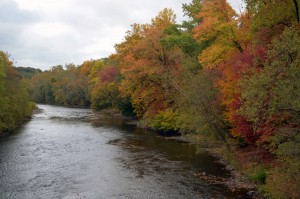
For over 200 years, the river and its adjacent valley has been a major transportation corridor. Along with the river, the Schuylkill Canal and the Reading and Pennsylvania Railroads all played important roles in the settlement of SE PA, and the industrial revolution. The river’s journey from Schuylkill County to Philadelphia is marked with some of the most famous pieces of our country’s past. From the anthracite coal regions of the north, to the steel mills dotted along its’ banks. From the rolling hills of Valley Forge National Historical Park where General George Washington and his Continental Army camped during the winter of 1777-1778, to Independence Hall and the Liberty Bell. The course of the Schuylkill River is a living voyage through America’s history, and a key resource to our future.
Today, the Schuylkill River serves in many different ways than it did centuries ago. After decades of industrial pollution choked its’ waters, the “Schuylkill” has made a fantastic environmental comeback thanks to new laws, stronger regulations and the efforts of many people who live and work here every day! Now, residents and visitors alike can enjoy its’ meandering currents to fish for bass, canoe or kayak or simply enjoy catching a glimpse of a Great-blue Heron quietly wading in the shallows.
Like thousands of other rivers around the world, the Schuylkill is an important natural resource worth protecting. We have an obligation to conserve these rivers for the heritage of our past, and for future generations. June is Rivers Month in Pennsylvania, and a great time to get out and enjoy our treasured waters!
